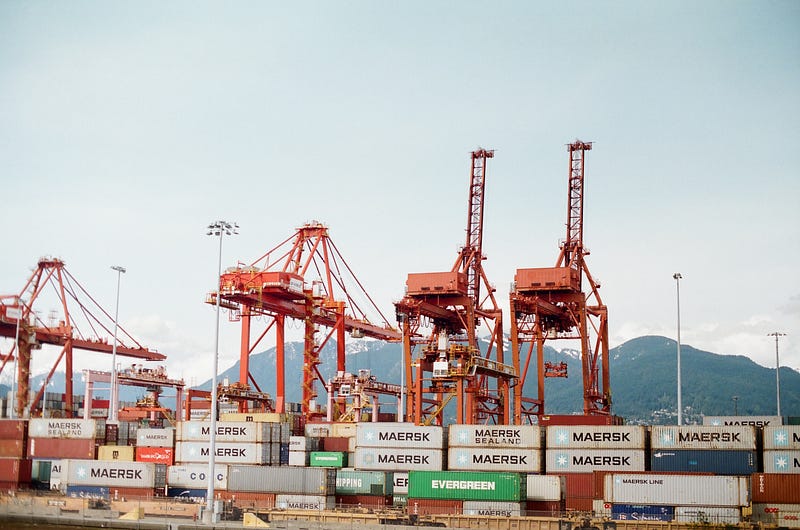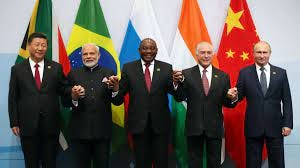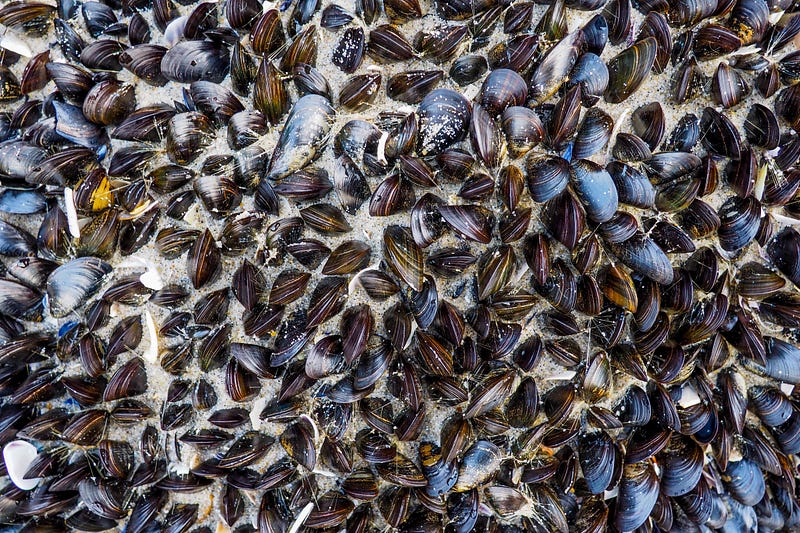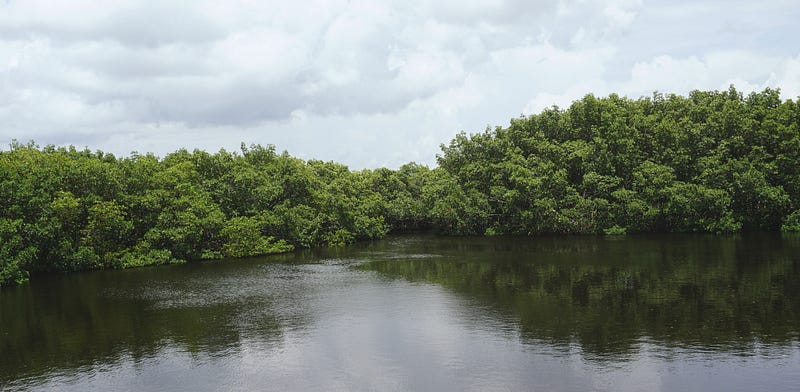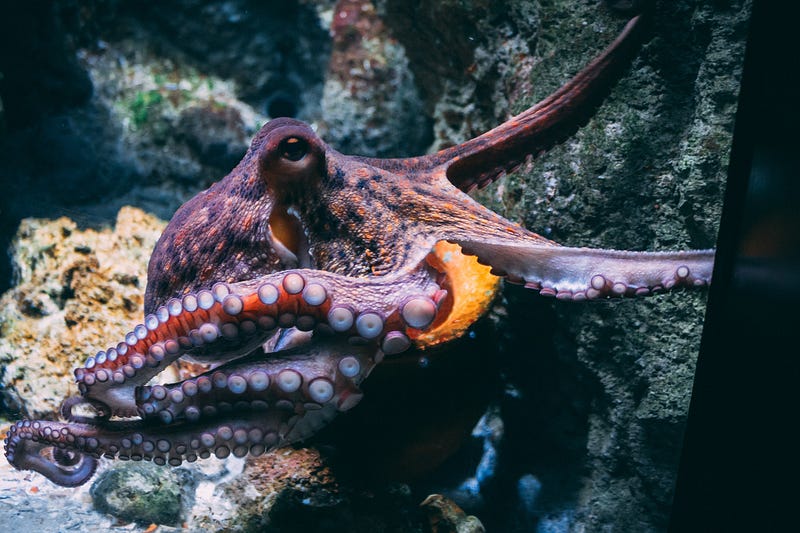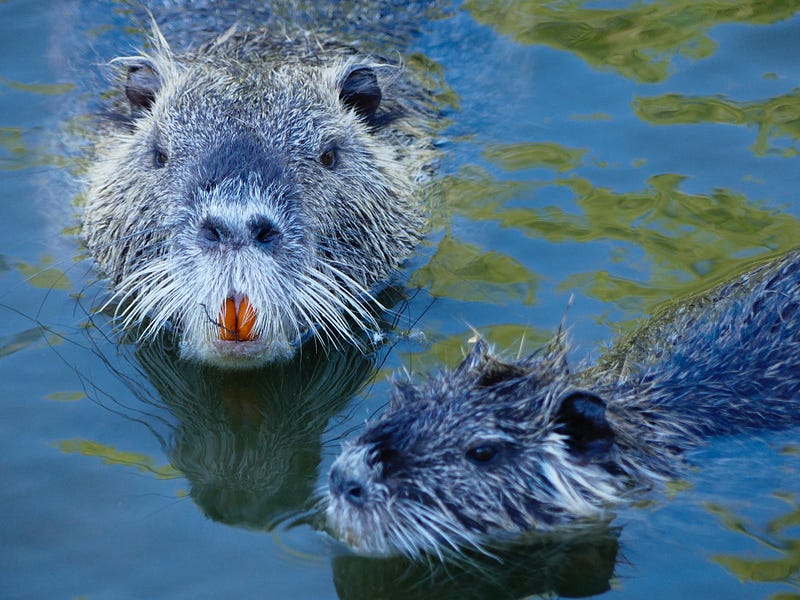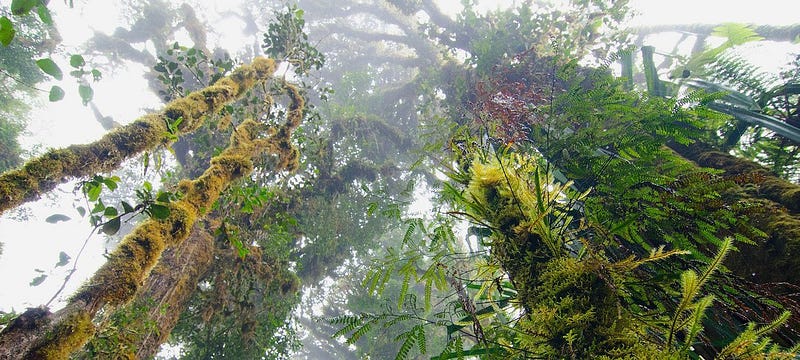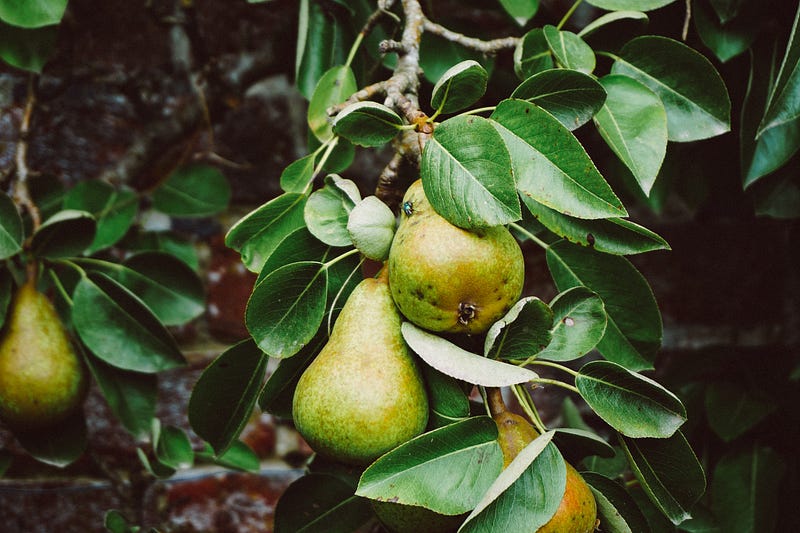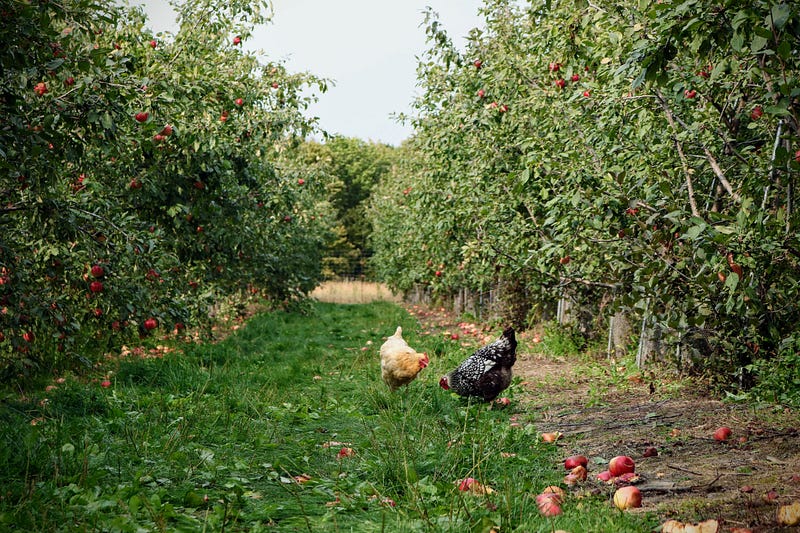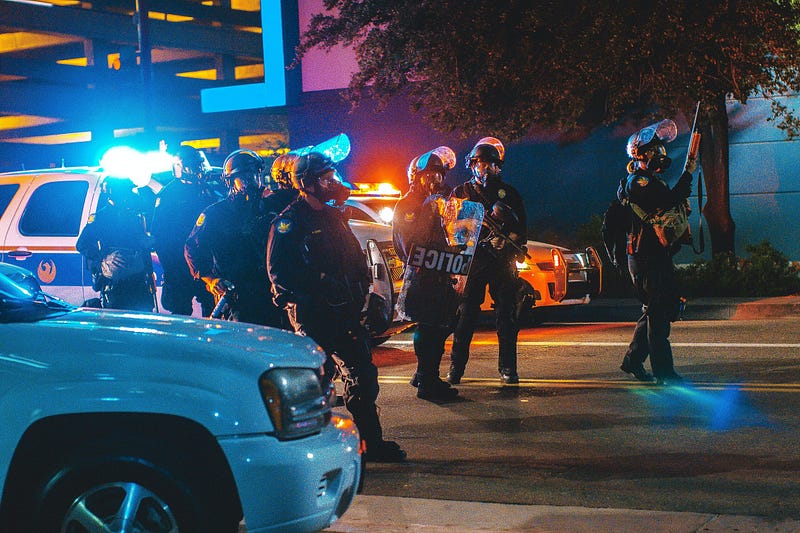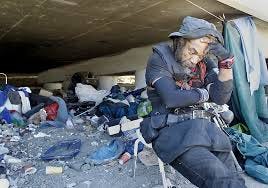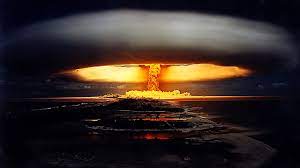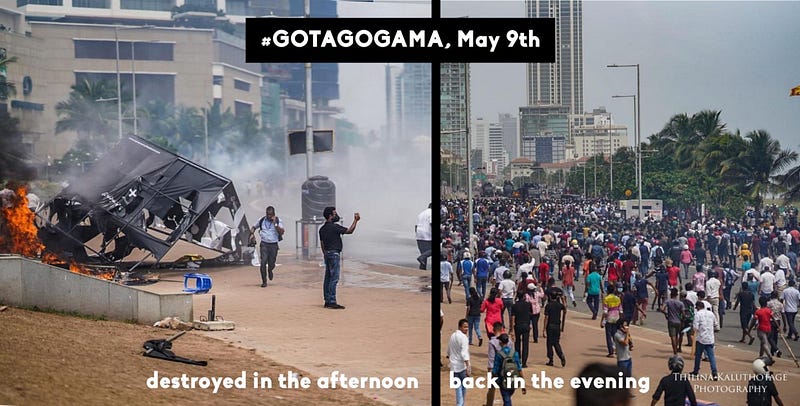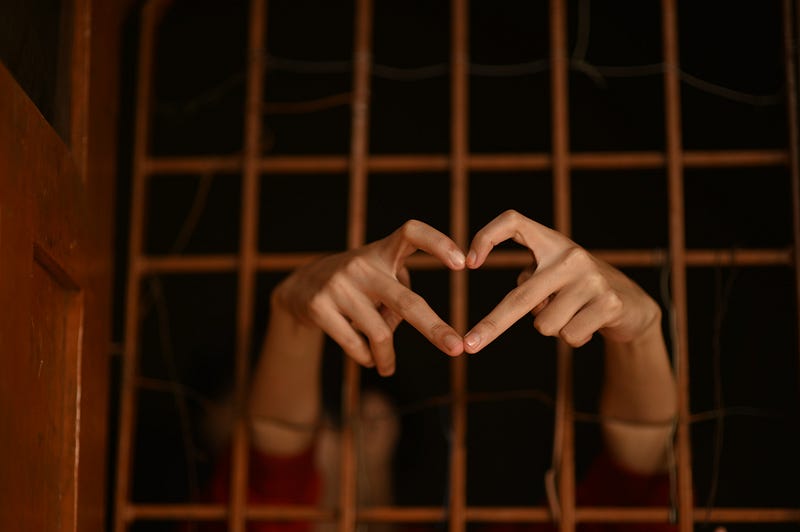How Impossible Things Can Happen

“Everything possible has been tried and failed. Now it is time to try the impossible.” Sun Ra
Scrolling through newsfeeds, I often feel anguish, anger, and despair. All these problems and suffering with no apparent solutions! Then stories like this one come and hit me with a gut-punch of hope.
In her book, The Soul of Money, Lynne Twist, co-founder of the Hunger Project “to end world hunger” and the Pachamama Alliance “to save the rainforest” describes her trip into the Sahel, the dry region spreading South from the Sahara and swallowing up thousands of square kilometers of Africa every year. Twist and a group of Hunger Project donors had been invited to see if they could help some Senegalese villages in desperate need of water.
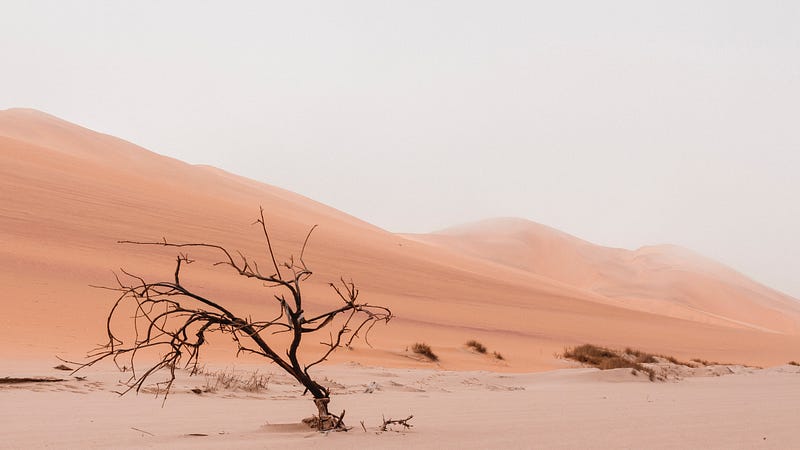
They drove for hours down paved roads, then dirt roads, then across the orange sand of the desert. “There hardly seemed to be anything living there,” she wrote, but then they started to hear drums beating. A few minutes later they were greeted by a large group of exuberant children, dancing women in beautiful dresses, and a whole village who had come out to meet them.
The visitors and the villagers danced until the drumming stopped, then sat in two large circles, men in the inner circle and women and children behind them. Only the men spoke. They said they were strong, resilient people of the desert who had lived well there for generations, but now the wells were running dry. If they couldn’t get water, they would have to move or die.
As they were talking, Twist sensed that the women wanted to say something. She asked the village leader if the female donors and villagers could meet separately, and this request was granted. In the meeting, women told Twist, ‘There is a vast lake far under the desert. We can feel it in our bodies; we have seen it in visions and in dreams. We want to dig deep down to this lake, but the men won’t allow it. They don’t believe the water is there, and digging wells isn’t women’s work.’
“What we need the Hunger Project to do,” one woman said, “is convince the men to let us follow our vision.” Though there was no observable evidence for the lake’s existence, the women convinced Twist, and they negotiated with the men to allow digging to go forward. Women dug almost entirely with hand tools, for a year. They took turns watching each other’s children and cooking. They sang while they shoveled.
And they uncovered the lake. With Hunger Project donations, the men set up a pumping station, and now 17 local villages have been brought back to life. They’re selling local crafts in the city and educating their children as they never could before.
I read this story and literally couldn’t speak for ten minutes. It still brings tears to my eyes. We can draw at least 4 lessons from this story that might turn the seemingly impossible problems we face today into healing opportunities.
Don’t look in the usual places
The Senegalese villagers’ problems seemed insoluble, and from the point of view of their leading men, they were insoluble. There just wasn’t enough water, and they had to deal with it.
The village women saw a solution. But from the men’s objective viewpoint, the women’s idea didn’t make sense, and the men had the power. I imagine 90% of women and 100% of children can remember having their ideas discounted in this way. Most workers and nearly all indigenous and oppressed people probably can too.
I remember organizing a neighborhood treasure hunt with my wife Aisha back in the 90s. We had a bunch of clever clues, and we broke the guests up into teams of three to find little treasures. On one team were an 11-year-old boy, his father and the father’s friend.
Aisha and I walked around the neighborhood spying on the hunters and offering help if needed. The 11 year olds’ team seemed lost. I heard him saying, “It’s over that way, Dad. Look at the map.” The adults were ignoring him until Aisha intervened and said, “He’s right.”
Those used to being in authority don’t easily imagine that they are wrong. Experts don’t admit their limitations. As a nurse, I often heard doctors tell patients, “Nothing more can be done,” when what they meant was, ‘I don’t know anything else to do.’ There’s a difference.
We are beyond the point of listening only to experts who believe that if they don’t know something, it doesn’t exist. Their expertise may have pushed them into mental boxes, but we don’t have to follow. We need to hear everyone’s input and consider them seriously. We don’t know where lifesaving ideas will come from.
Science is not the only path to knowledge
The village leaders in Senegal weren’t scientists, but they were following the scientific method of evaluating observable evidence to form conclusions. How could they believe in their women’s visions of a magical lake they had never seen?
The women had different ways of knowing. They told Lynne Twist, ‘We see this lake in our visions. We can feel its presence.’ And they were right. That doesn’t mean we should ignore scientists or guide our policies with dreams, but it does mean science doesn’t have all the answers. There are forces that cannot yet be measured, or are so complex that we haven’t figured out what they mean. Different ways of knowing should collaborate.
Right now, greenhouse gases are increasing in the atmosphere, causing rising temperatures, which set off positive feedback loops which further increase concentrations of warming gases such as methane. Science, which as usual is under the control of capitalism, has found no solutions, though they’re working on it. But Nature — soils, seas, grasslands, forests, swamps, may have their own solutions, and people may be discovering others each day, if we listen to them.
Sufficiency, not scarcity
Twist says most social problems since the dawn of civilization stem from a mindset of scarcity. “There’s not enough; I have to get mine; more is better.” She says scarcity beliefs lead to waste, war, environmental destruction, and empty lives spent pursuing unnecessary wealth.
She contrasts this with an attitude of sufficiency, in which we understand there is enough, in which we appreciate, care for, and share what we have. She says people living from sufficiency will feel richer and more secure than people who live from scarcity, regardless of how much material wealth they actually have.
Twist prefers “sufficiency” to the New Age term “abundance.” She says the point isn’t that there’s an endless abundance of material things coming to us, so we can be greedy and wasteful with it. There is sufficiency; we have enough, if we care for it and appreciate it.
In the Senegalese Sahel, things were self-evidently scarce. You could go miles without seeing a living thing, with the exception of an occasional lonely baobab tree. Yet the women knew the surface scarcity was a deception. There was enough, if they could get to it.
Notice the difference between “abundance” and “sufficiency” here. I can imagine from an abundance point of view (or from scarcity really; look at Las Vegas), people in the Sahel might start planting lawns or golf courses to become tourist destinations. They might set up factories that pollute the underground lake. They might use it up and be back where they started. But seeing their water as the great gift that it is, they are cherishing it, sharing it, and using it well.
Why solutions remain invisible
Possible solutions to terrible problems go unseen for many reasons. Most of these solutions involve a lot of hard work. For the women to find water took a year of heavy labor, and most of us can’t even imagine such difficult approaches.
Solutions may also remain invisible because they take a long time to show results. 11 months in, the Sahel women had nothing to show for their project but callused hands, aching backs, and annoyed husbands. They kept following their vision until it paid off.
But the biggest barrier by far is that our current leaders don’t want such solutions and will fight any idea that encroaches on their power and profit. Military corporation want wars; financiers want to keep accumulating wealth. The construction industry wants to keep building houses made of wood, the prison industry wants to keep locking people up for slave labor. They are living in scarcity and can’t imagine a way out.
As Derrick Jensen, founder of Deep Green Resistance puts it, “Those in power get too much money and privilege from destroying the planet. We aren’t going to save the planet — or our own future as a species — without a fight.”
I don’t know how to win a fight with heavily armed sociopaths. I think these leaders need to heal, and I’m not sure how to make them do it. But I see the Senegal story as a metaphor for our current world. It feels like a desert out there, but I wonder. Is there a hidden source that we can tap if we look and listen for it and commit to reaching?
=====
Thanks for reading! Please comment, share, or steal. Follow me on Twitter, on Facebook or on Medium. Hire me for freelancing, editing, or tutoring on Linked In

